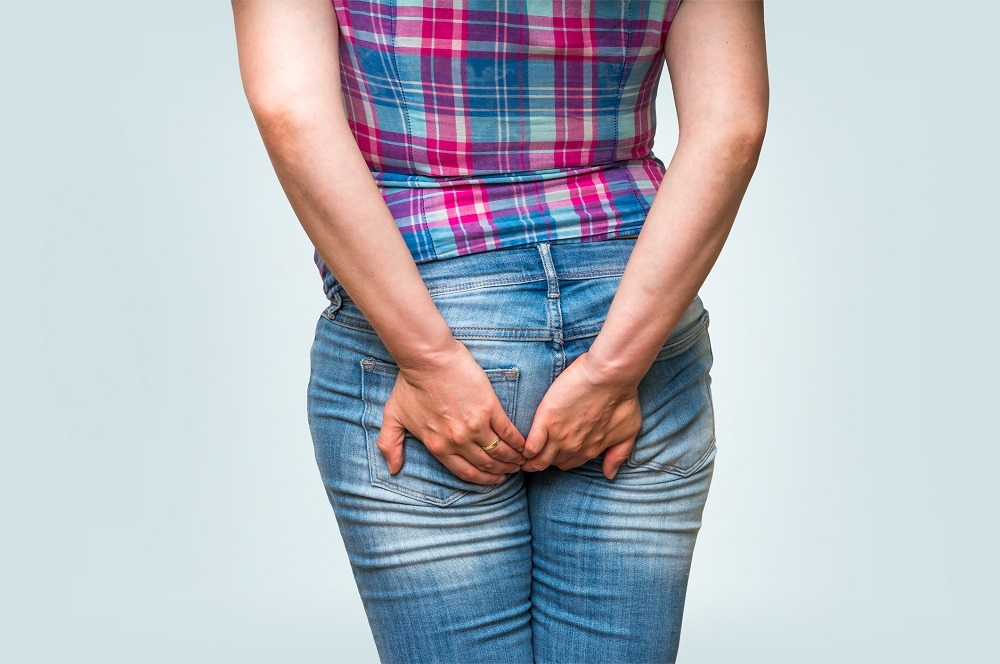
How healthy is your poo?
It may sound like a joke but, seriously, our poo is a great indicator of health and doctors have long known about this.
In fact, every GP in the country will have a ‘poop chart’ in their surgeries to help distinguish what is and what isn’t a healthy-looking poo. So that Dr Gillian McKeith was really onto something when she was sniffing around people’s poo on the BBC show You are What you Eat (yuk, how did she do it?).
There are three main aspects of healthy faeces: the frequency, the form and the colour. Although it’s important to note that what is ‘normal’ may vary from person to person, as a general guide the ideal is to have a bowel motion anywhere from one to three times a day to three times a week, typically within half an hour of eating.
Frequency: We should all have at least one bowel motion each day. Some people may have two or three each day, which is fine if that is the norm for them (in fact, it can be a sign of a healthy metabolism and a diet that is high in fibre). When you have a motion, you should mostly feel that you have totally eliminated, rather than partially eliminated. If you are having diarrhoea or constipation for more than a week, it is important that you see a doctor as this can be a sign of a bowel disease *
Form: Stools that are well formed and easy to pass are considered ‘ideal’, whereas stools that are hard and difficult to pass indicate constipation and those that contain excess liquid and are runny indicate diarrhoea. Here is a handy poo chart called ‘The Bristol Stool Chart’ to help you determine if your faeces is looking healthy or not. The ‘best looking poo’ is one that has a nice tubular shape, like a long banana or smooth snake that doesn’t break apart when you flush. Healthy faeces comes out with ease, smells more like super-ripe fruit rather than something rotting, and you barely need to wipe afterwards.
Colour: Medium to dark brown is the colour that is ideal; a bit like milk chocolate! The colour of your stool may change, depending on what you are eating. For example, someone who eats lots of beetroot will have a reddish coloured poo, whereas eating lots of greens may give your poo a greenish hue, which is a good thing! However, if your poo remains a strange colour for a few days, it’s important to see your doctor. Red or black can indicate bleeding and may indicate diverticulitis, chronic inflammation or even cancer, while green may be a sign of Crohn’s or gallbladder disease. Hopefully none are relevant though, and it’s just the result of eating some strongly coloured vegetables!
How to Achieve Healthy Poo!
1 Eat a healthy diet, such as the one at Motivation that is rich in leafy greens and low in processed, sugary foods. Also ample protein has been shown to help keep the bowel muscles strong so a diet that includes small, regular inputs of protein, such as ours, is ideal. See more about the importance of protein here here.
2 Make sure to include a healthy fat each day, such as a small amount of almonds or walnuts, a few slices of avocado, 4-5 olives or a serving of hummus or a tablespoon of olive oil in a dressing.
3 Increase your daily movement. This has been proven: those who exercise or are just more active on a daily basis have healthier bowels. If you want to get the bowel moving, YOU need to get moving: it’s as simple as that. It can be as simple as a morning walk, a yoga class or a gym session – it doesn’t matter what it is, as long as it involves activity. And if you can’t brave the outdoors, try our indoor exercise tips here.
4 Stop rushing! In our busy lives, we often rush around, ignoring our bodies and not letting them do what they need to do. Give yourself time in the morning to visit the bathroom – and do the same for your children, even if it means setting the alarm clock just 10 minutes earlier.
5 Hydration is key. Water helps move things along our complex digestive system. In fact, studies find that people who consume adequate fluids (2 litres per day) are significantly less likely to become constipated. The large intestine actually requires fluid to form our stools. Did you know that stools are made up of 75% water?! Yet another great reason to drink more water. If you need more reasons, click here to listen to our podcast on water.
So, how healthy is your poo?
* Other signs of bowel disease include blood in your stool, persistent abdominal discomfort (such as cramps, gas or pain), weakness or fatigue and a feeling that you haven’t emptied your bowels fully. These can also be symptoms of an irritable bowel or other, less serious conditions but it essential that you get them checked out.



